What Is a Compact Car? How Is It Defined?
-
Pete Ortiz
- Last updated:

In layman’s terms, a compact car is just any vehicle that looks small in size. But if we go by the US Environmental Protection Agency’s definition, it’s any type of passenger car designed with a cargo area and an interior that measures anything from 100 to 109 cubic feet.
This type of vehicle should not be mistaken for a subcompact car. The subcompact automobile is relatively smaller, as it has an interior that measures a maximum of 99 cubic feet. Mid-sized vehicles are however larger than both of them since they have interiors that range from 110 to 119 cubic feet.
The Origin Of The Compact Car
To understand the history of these vehicles, we’ll have to look back to the 1950s when Nash—now known as the American Motors Corporation—decided to launch what was then referred to as the “Convertible Rambler.”
Of course, there were a few other independent manufacturers who tried to produce small cars before, but none of them were as efficient as the Nash’s Rambler. The car was aesthetically appealing, sufficiently equipped, and had a price tag that would not dent anybody’s pockets.
Nash wasn’t afraid to take the fight to Chrysler, Ford, or General Motors, who were giants in the automobile industry at that time. Nash knew there was no way those three could produce a better vehicle that consumed less than 30 gallons per mile. The company’s president at the time, George Romney, even went as far as referring to the vehicles being produced by their competitors as the “gas-guzzling dinosaurs”. We believe he was the one who came up with the phrase “compact cars” while marketing the car as the better alternative.
In Europe, things were a little different. The demand and production of small economy vehicles started rising after World War II. For a very long time, they referred to them as small cars. But in 1958, the public got introduced to the Austin Farina Countryman, which was marketed as a family car. People loved this model so much that they started calling all small vehicles family cars.
Two decades later, another compact model was released into the market—the infamous Volkswagen Golf, which was so popular that it saved its company from bankruptcy.
The Toyota Publica was the first compact car in Asia. It was produced in Japan, in a period when the government decided to regulate the type of vehicles being manufactured in the industry. The regulations governed the total weight of the cars produced, as well as the speed. Companies were told they couldn’t produce anything that was faster than 62 miles per hour or weighed more than 882 pounds. So they designed the Toyota Publica, then, later on, released the Mitsubishi 500.
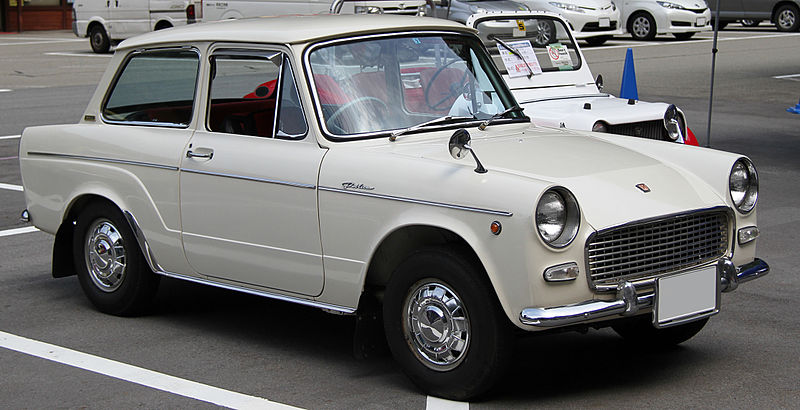
Why Should One Buy a Compact Car?
Affordability
Automobile manufacturers are cognizant of the fact that the economic factor is the number one factor influencing almost every purchasing decision out there. That is why they are now producing cars that are as affordable as possible. These compact cars come with a significantly low price tag since the materials used during production are less in comparison to what they’d typically use to produce mid-size or full-size cars.
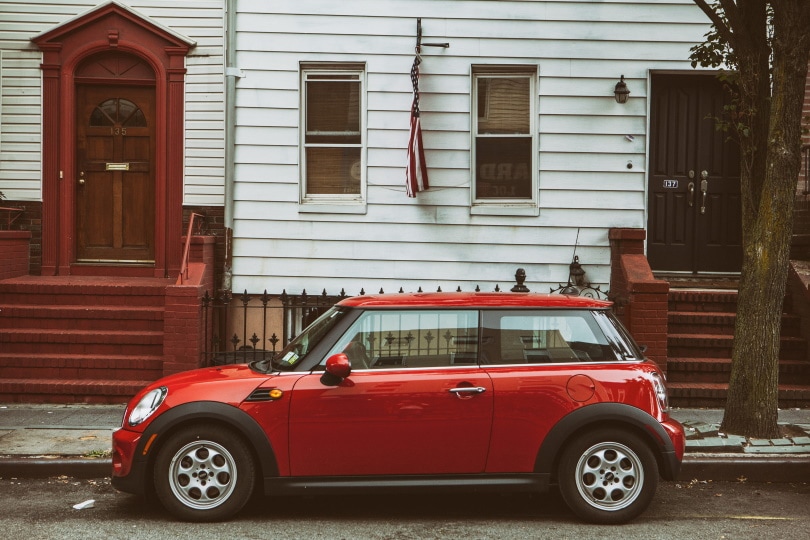
Fuel efficiency
Owning a compact car is beneficial in more than one way, especially when it comes to fuel efficiency. For starters, you’ll be helping curb the problem of greenhouse emissions—both diesel and gas-powered vehicles produce emissions that release carbon dioxide gas into the atmosphere. This gas is part of what’s responsible for the climate change that we are currently witnessing.
Also, you’ll be getting more mileage for less money. Let’s say you’re now driving a guzzler that consumes approximately a gallon after you’ve covered 20 miles. If the cost of that gallon is $2, you’ll easily spend around $1400 per year. However, if you get yourself a compact car that can cover 40 miles with a gallon in the tank, you’ll only spend around $700 per year on average.
Last but not least, there is the issue of sustainability. Oil is not a renewable source. It is non-renewable, and experts believe our sources are almost depleted. If we could all buy compact cars, we would drastically reduce our oil consumption, and give experts adequate time to find alternative sources.
There has been a rise in electric car production and sales, but the high costs are a turn-off for many consumers.
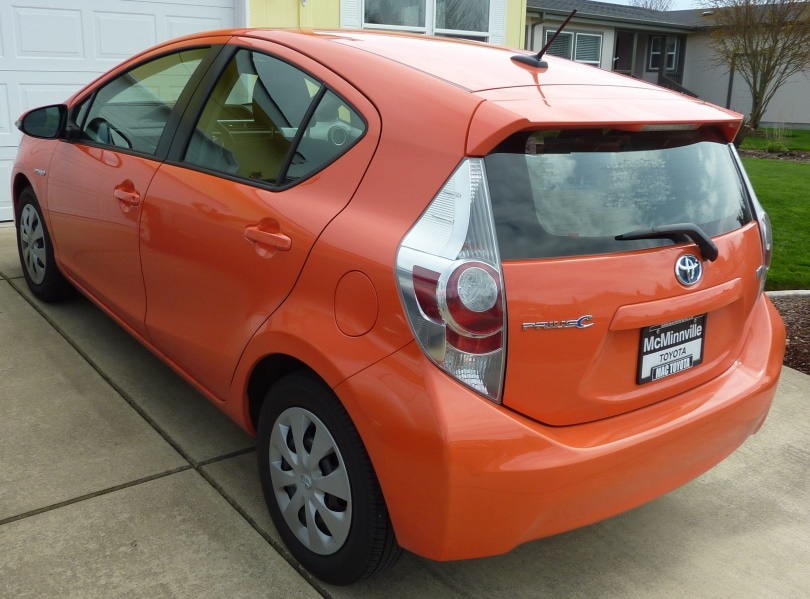
Functionality
The other reason why a lot of people are now going for compact cars is the driving experience. They might not be the best option for long travels, but if you’re looking for something that will help you get around the city with ease, there’s no better option. Especially if your city is characterized by heavy traffic and narrow roads. Compared to full-size cars, you can easily move the vehicle around tight spots and comfortably make U-turns without feeling like you’re inconveniencing other drivers.
When it comes to parking, compact cars can fit into spaces that are too small for mid or full-size vehicles. To top that off, their maneuverability makes them suitable for reverse and parallel parking.
What’s The Downside To Driving a Compact Car?
Engine power
Unfortunately, compact cars are not as powerful as their bigger brothers. This might not be a big deal to someone only interested in using them to take their kids to school or run a few errands—but it is to one who considers themselves a petrol head! The harder you push those engines, the more you risk overworking them.
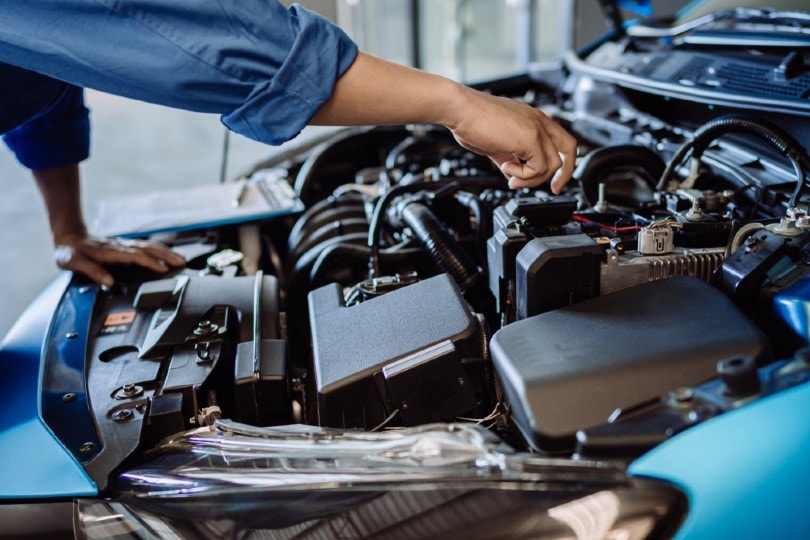
Safety
This shouldn’t really come as a surprise, considering compact cars weigh less than full-size vehicles. Even if the materials used during production are of premium quality, a head-on collision will always leave the smaller car in a worse state.
That doesn’t mean that manufacturers rarely take safety into consideration while producing these vehicles. They actually do, and you can tell just by looking at all the modern safety technology incorporated into their designs.
Comfort
It would be a crime to talk about compact cars without mentioning comfort. This is one of those factors that have to be taken into consideration while purchasing any type of car. Sadly though, compact cars don’t offer rides that are as comfortable as the ones you’d experience in a large vehicle. They lack the robust and technical suspension systems of larger, heavier cars.
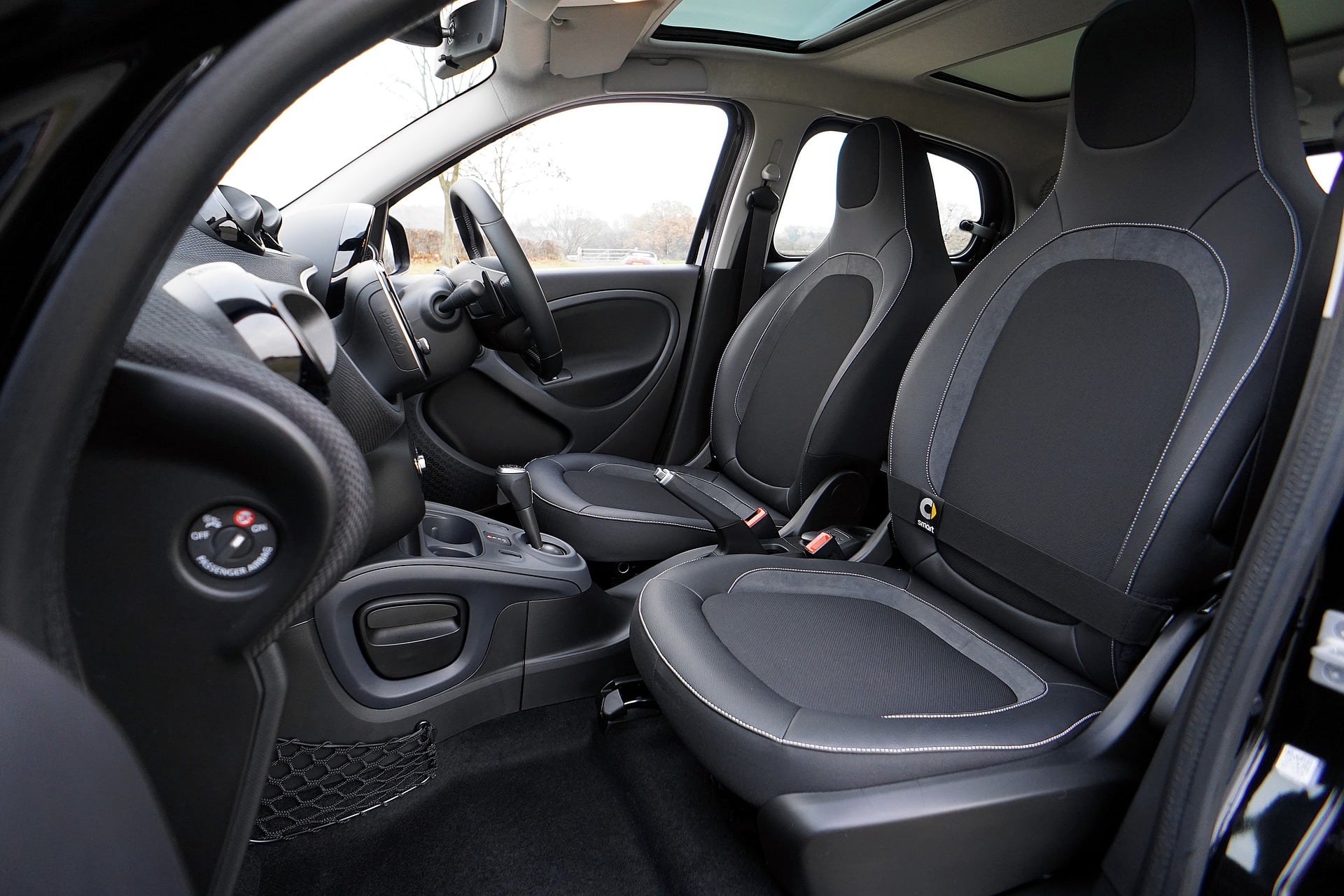
Final Words
We honestly think compact cars are the best option for the modern world. People who are into brash vehicles that guzzle gas will obviously disagree, because they find it hard to believe that small cars are not only economically beneficial to them, but also environmentally conscious.
Go and try a compact car yourself and you’ll see what we mean!
Featured Image Credit: Piqsels
Contents


